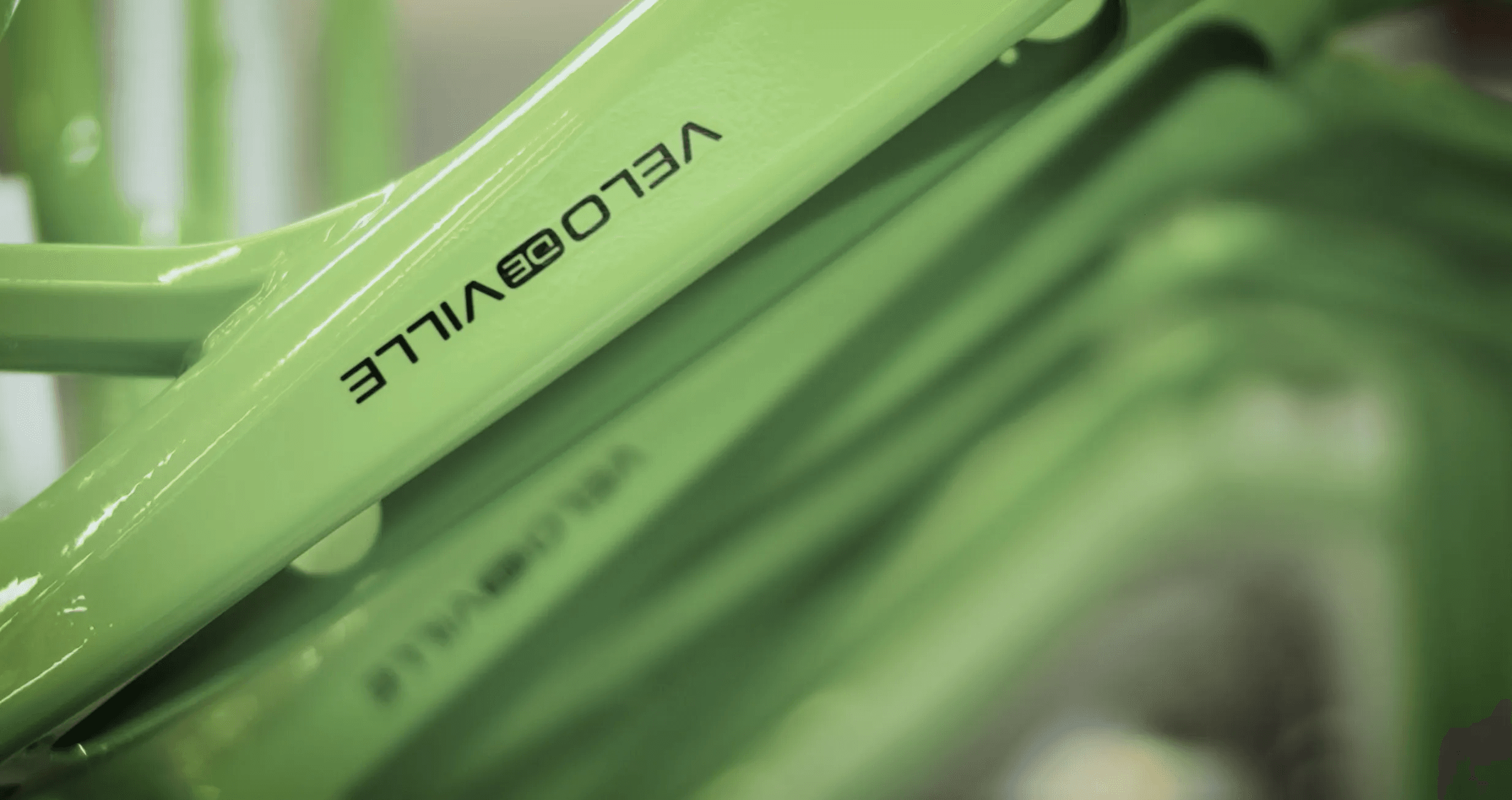
Introduction
Until about 20 years ago, discrete manufacturing was dominated by custom and project manufacturers. Identical parts and reusability of assemblies were rejected with the argument that every customer had individual requirements and there was no standard. However, this attitude has changed over the past two decades. Mainly due to competitive pressure and rising labor costs, new paths had to be taken.
The Change in the Manufacturing Industry
Relocating production facilities abroad was an option, but it brought new problems. Some companies found niches that they consistently occupied. Others followed McKinsey's motto "Growth through Focus" and concentrated on specific markets. It became necessary to realize growth primarily through increasing quantities. However, this also meant that the proportion of individual engineering had to decrease. On the other hand, pure mass production could not be successful, as Asian suppliers produced significantly cheaper.
Sophisticated Variant Manufacturing
In this scenario, some companies have developed into sophisticated variant manufacturers. They tried, among other things, to adapt the successful concepts of the automotive industry. One of the central concepts is to increase anonymous pre-production and start order-related production as late as possible – moving away from "Engineer-to-Order" to "Make-to-Order" or "Assembly-to-Order".
What initially sounds simple is a complex process in practice, usually spanning several years. At the beginning, consistent variant management requires a high engineering effort. Parts and assemblies must be checked for reusability and modified – if not even newly designed. The production processes change from workshop production to flow production.
Ideally, engineering takes place exclusively during product development. During the sales and production process, there is no order-related design anymore. The sales department does not sell projects but agrees with its customers on the product types that best suit their requirements.
The Role of Configuration Systems
A crucial role in such a sales model is played by a configuration system, which captures the product specifications that match customer wishes. A predefined set of rules – now also supported by AI functionalities – ensures that only specifications that are either technically feasible or desired from a sales perspective are selected, with the preliminary costing automatically carried out by the configurator.
Step-by-Step to Automation
Such configuration systems are now widely used. In classic plant engineering, sales have long worked with checklists or configurations to capture customer requirements. Today, however, the core issue is that the sales configuration is no longer handed over to an engineer to generate drawings and bills of materials, but that this data is directly processed by the technical part of the configurator. The challenge is that sales information is automatically translated into a technical rule set, based on which an order-related bill of materials is dynamically generated.
The apparent complexity still deters many companies from using such a system. However, this complexity dissolves when the path is divided into manageable steps. A standard configurator in sales can ensure that only defined product variants are offered. The automatic transfer to technical order processing already takes place, where the bills of materials are still created manually. Once this is achieved, the next step can be to replace manual order processing with the technical configurator, including all necessary plausibility checks, grouped by product groups.
Conclusion: Significant Cost Reductions Possible
If this goal is pursued consistently, one can benefit in many ways: The error rate decreases while efficiency increases. Within the range of variants, one can flexibly respond to customer change requests because the design effort per order is eliminated, and the bills of materials are generated later. Although customers are limited in the range of their desired configurations, they benefit from shorter delivery times. Additionally, variant management increases the number of identical parts, leading to significant cost reductions in purchasing as well as procurement and production logistics.
Keywords
More similar blogposts:
Found what you were looking for?
Start your intelligent search now




